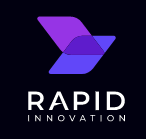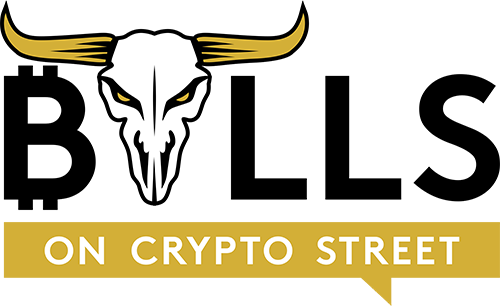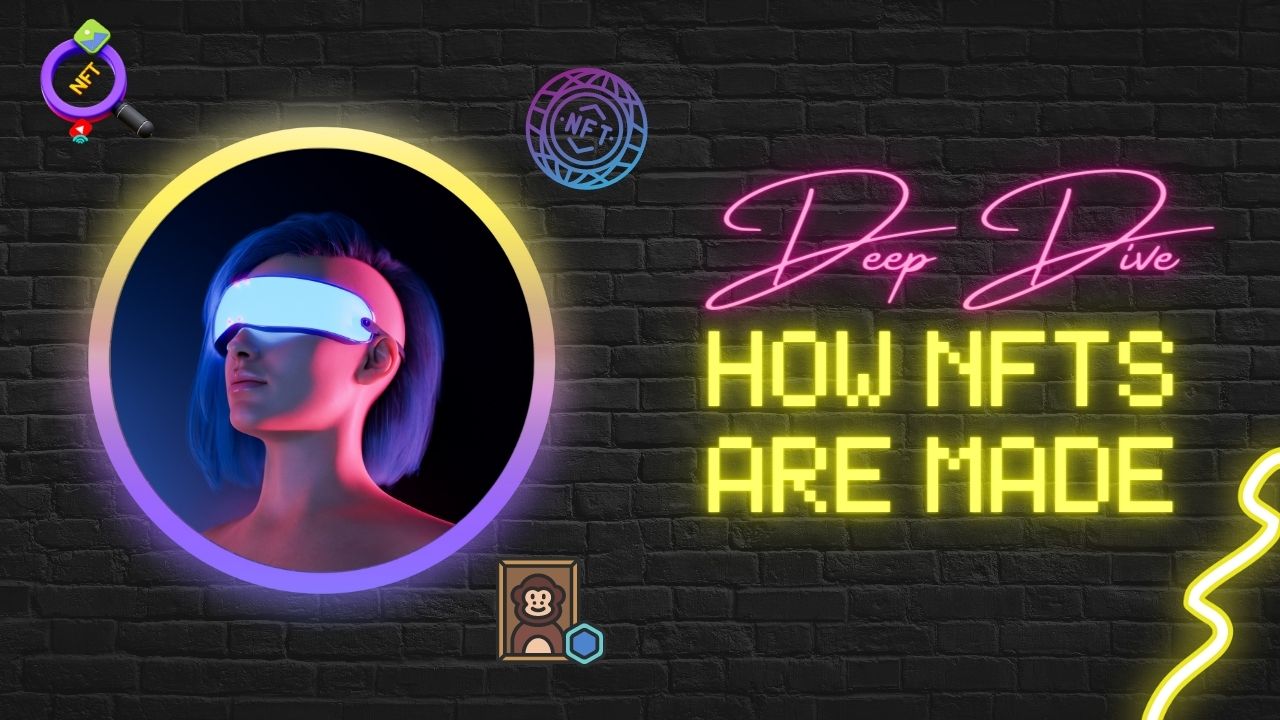What is an NFT again?
Non-fungible tokens, or NFTs, are distinct crypto assets. At first glance, they act like regular cryptocurrencies, but they have one crucial difference: each one is unique. Each coin has a specific serial number and owner/creator. NFTs are among the newest, most exciting developments in the blockchain space. Although they may seem complex at first, these digital assets offer a wide range of benefits and use cases.
Unlike crypto, you cannot exchange NFTs with one another directly. The uniqueness of each NFT makes it impossible because there are no two identical NFTs. You can think of them as plane tickets. Each ticket has unique information, including the passenger’s name, the date and time of the flight, and the destination. These characteristics make it impossible for people to trade plane tickets with one another.
Some other key characteristics of NFTs include:
- Unlike Bitcoin satoshis, NFTs are indivisible, and you can’t split them into smaller denominations.
- Blockchains store historical ownership data of the digital asset, so every NFT is verifiable.
- Each digital asset token is indestructible because smart contracts protect data from removal, replication, or deletions.
An NFT can represent ownership of any physical or digital asset. For example, Unstoppable Domains sell blockchain domains, and when you buy one, you receive it as an NFT. You won’t have to pay renewal fees and the domain remains yours forever. Patents, licenses, and intellectual property assets are among the most valuable illiquid, transferable assets. Transferring and using intellectual property in financing agreements is vital for growth and investment. Blockchain and NFTs enable smooth asset exchange by creating efficient mechanisms for the open and secure transfer of property rights. With NFTs, we can now trade and leverage IP assets on the blockchain.
How are NFTs made? (They’re “minted”)
Anyone can create digital art and mint it into an NFT in a few simple steps.
If you are into technical details, you’ll be surprised that you can create an NFT with just 14 lines of code. And they aren’t necessarily “created”, they are “minted”.
Want to try buying one first to see how it works? Bulls on Crypto Street Blog has a step by step on how to buy your first NFT.
Now let’s look at minting an NFT without any technical knowledge.
Step 1 – Choose the type of NFT
NFTs are more than just artwork. You can mint event tickets, music, photos, game items, virtual land, and more. Do you have a real-life object, like a photo with a celebrity autograph or a valuable collectible art? You can create an NFT for this object too.
Currently, there is a lot of emphasis on digital art, and there are tons of collections of classic NFTs like crypto punks, crypto corgis, etc. You can even generate art using GANs or turn your videos into animated GIFs.
Step 2 – Select a marketplace
There is a diverse selection of marketplaces to mint your NFT. Two major types of NFT marketplaces are self-service and curated. If you opt for a self-service NFT marketplace, you will be able to create any kind of NFT using any digital file format. Self-service platforms also allow creators to receive royalties from future sales of their NFTs.
Curated NFT art marketplaces are exclusive to digital creators authorized to mint or create NFTs on the platform. Those platforms usually host the highest quality digital art and are perfect for those looking to discover exclusive digital assets.
Keep in mind that most marketplaces charge “gas” fees and require some downpayment to initialize your account. For example, Opensea charges up to $100 to set up your account on the marketplace.
Do your own research before picking a marketplace. Ethereum fees are the highest. You can save on ETH gas fees if you transact on weekends, especially late at night. If you are looking for a bargain, opt for Solana-based NFT marketplaces, like SolSea, with fees starting from as low as $0.001. Once you pick your platform, create a user account and a wallet (if you don’t have one yet).
Step 3 – Create a wallet
You need a crypto wallet to conduct any transactions on the blockchain, store your NFTs, pay listing fees, etc. The wallet also connects to NFT marketplaces and other dapps. Your choice of blockchain will determine the wallet that you will create, depending on the token standard.
For example, the Ethereum token standard is ETH-721, while Binance Smart Chain’s is BEP-721. ETH-721 token is supported by Metamask, Coinbase, and Trust Wallets. If you decide to mint on SolSea using Solana’s standard SPL token, the Phantom wallet is your best choice for this marketplace.
Step 4 – Buy some crypto
To cover transaction fees for minting your NFT, you will have to top up your digital wallet with crypto supported by the platform. You can buy crypto on exchanges like Binance, Coinbase, Kraken, etc. Then you can transfer the funds from the exchange to your wallet.
Step 5- Upload and mint your NFT
Once you’ve created your profile on a marketplace and connected your wallet, you can upload and mint your digital art. Now it’s time to set the price. You can select a fixed price or create a timed action on most platforms and put your NFT on sale.
Why are they made?
Each NFT is unique and one of a kind.
Lets first understand why do NFTs have any value at all? Like real-world collectibles, NFTs also have an intrinsic rarity. Each asset is unique, representing one version of that object that exists in the virtual worlds they live in, making NFTs extremely valuable – like a signed collector’s edition of Harry Potter or an authentic Kaws toy.
A significant benefit of blockchain technology is the ability to verify each individual item’s inherent value. Consequently, we shouldn’t limit NFTs only to digital art. NFTs can be minted to sell fractional real estate, land, event tickets, physical art, natural resources, and more to record information like their location and ownership history.
For example, a physical art-collectible could be verified by original authentication of both the artist and sale date or a piece of land could be identified by signature information. Since we can trace NFT back to the issuer, holders can be confident that their items are authentic.
Without blockchain, any transaction involving IP is lengthy and costly – involving lawyers, attorneys, and a lot of paperwork. With NFTs, we can distinguish ownership of an IP with timestamps, showing the entire history of the IP transactions. What’s more, once we create an NFT for a real estate asset, it becomes collateral in the crypto universe, unlocking crypto mortgages, liquidity pools for P2P decentralizing lending, crypto title insurance protocols, and appraisal solutions. As a result, the blockchain can create a complete ecosystem for the new era of liquid real estate assets.
As with any other rare asset, the supply is limited so the price is highly volatile. The value of non-fungible tokens (NFT) is driven by supply and demand in the market. There are a finite number of NFTs; and gamers, collectors, and investors are interested in purchasing them for their rarity. People often pay a high price for NFTs because of the limited number and the potential for future growth.
They’re not just digital collectibles of art or forgery-resistant file signatures. NFTs are programmable tokens that existed long before Crypto Kitties and have applications in finance and other fields like supply chain management, identity management, and digital rights management.
What happens when you buy an NFT?
When you buy an NFT from a digital creator on an online marketplace, the NFT becomes your property, meaning that even if you purchase a piece of digital art from game creators, you own this art, not the company that created it. However, the NFT artwork owner has limited rights to the work.
Usually, you can’t make the asset available to the world at large and violate copyright law. The same applies if you purchase a physical painting. Owning it doesn’t automatically grant you the right to display it in public. You also can’t sue someone for reproducing the image without your permission because you are not the work’s copyright owner. A digital artist or a company needs to assign the copyright to you in writing to obtain full rights to the artwork.
Is it for me?
If you’ve made it this far, I’d probably say so. You can always find free NFTs, or share posts to be entered to win in airdrops. Just be sure to do your own research and watch out for scams!
Blockchain technology is a tool for disintermediation. It enables people, businesses, and organizations to interact peer-to-peer, without the need for middlemen. Blockchain has the potential to allow individuals and groups to save and transfer assets without third parties or institutions serving as intermediaries.
NFTs are unique digital assets that grant access to a tangible, real-world asset or utility. Using NFTs, you can tokenize stocks in your company, commodities like gold or oil, physical gifts such as smart toys and tickets, even one’s time through things like gamified tasks. NFTs have the potential to unlock immense value. They enable decentralized markets for all assets on the planet and eliminate barriers restricting liquidity and interoperability across different assets like physical property. And perhaps best of all, using NFTs is seamless and straightforward – it’s a technology that anyone familiar with crypto will be able to understand without extensive onboarding from an expert.
In simple terms, NFTs are like a digital safety deposit box holding a digital file that nobody can alter. The movement of this file can then be tracked forever, ensuring that everyone can always check whether the item is original. It’s very similar to how most of the valuable art is stored in a vault with security guards watching it all the time. With NFTs, blockchain does all the watching and tracking for your digital artwork. What’s more, when you put your NFT on sale, you can set up a percentage that you will earn when someone re-sells your NFT and earn a commission forever.

Rapid Innovation helps businesses like yours build beautiful, user-friendly blockchain apps – no technical knowledge required. They help you go from concept to launch – with as little as an idea.

